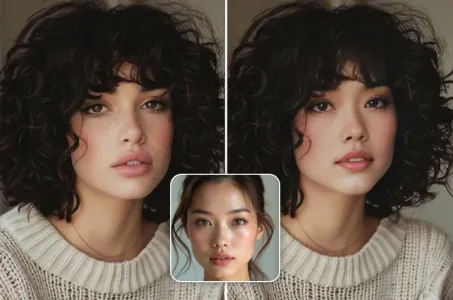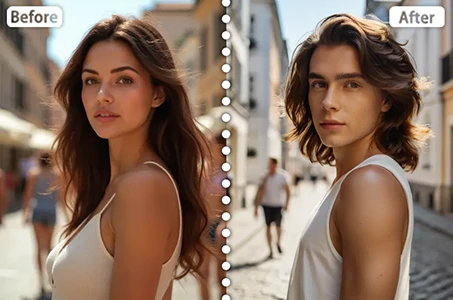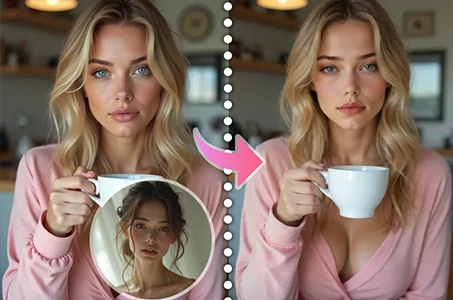Cartoon drawing of a woman in a red dress and a white horse, Gwaiz
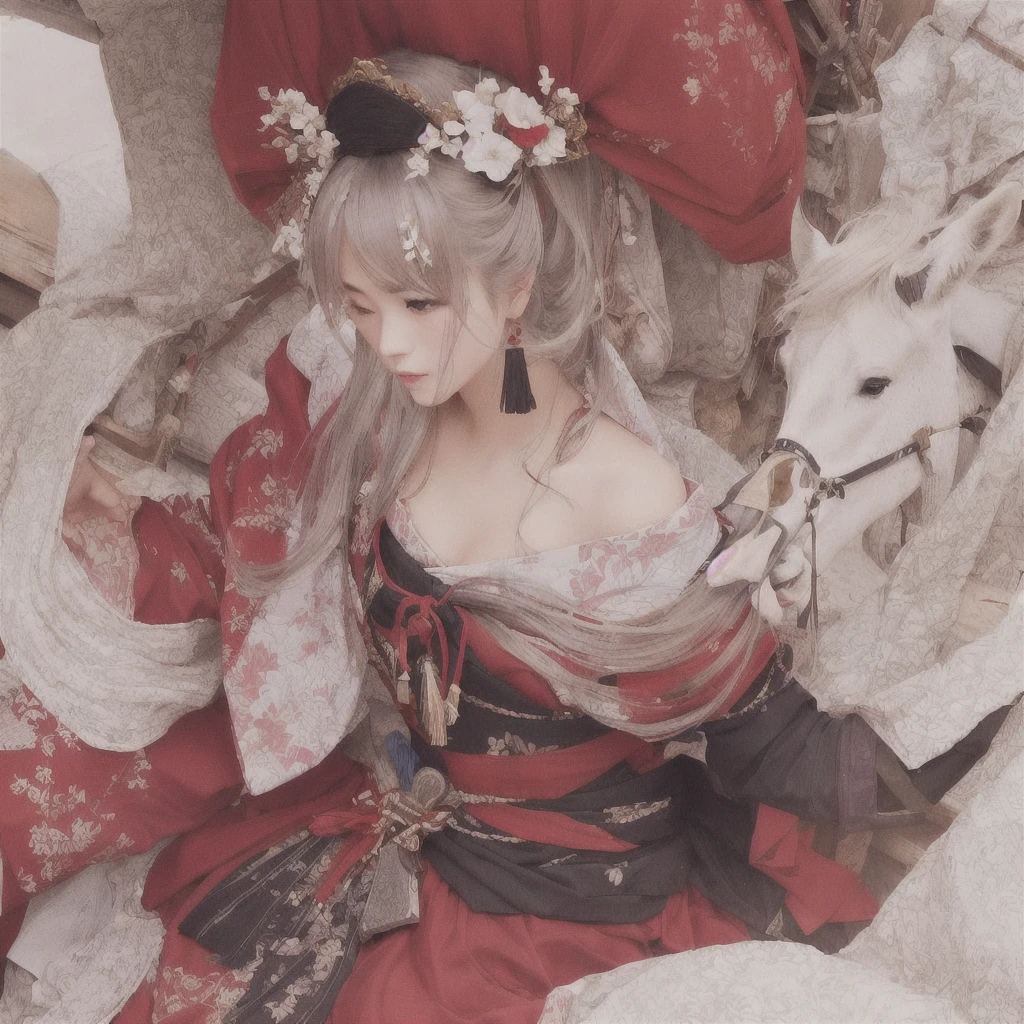
프롬프트
Copy prompts
Cartoon drawing of a woman in a red dress and a white horse
,
Gwaiz
,
Gwaiz on Pixiv artstation
,
Gwaiz on artstation Pixiv
,
WLOP and Sakimi-chan
,
digital art on Pixiv
,
Gwaiz masterpiece
,
Pixiv
,
Zerochan Art
,
artwork in the style of Gwaiz
,
at Pixiv1
.
Scenery and Cityscape in the Early Meiji Era
After the Meiji Restoration
,
Japan underwent rapid modernization and civilization
.
Consequently
,
many changes and reforms occurred
.
Below is a detailed explanation of the scenery
,
appearance of the poor
,
occupations
,
and cityscapes in the early Meiji period (1868 to the early 1880s)
.
2
.
Appearance of the Poor
Life for the impoverished and lower classes remained harsh
.
In particular
,
in urban areas
,
people migrated from rural areas or unemployed artisans gathered
,
intensifying competition in the labor market
.
Many of them struggled with poverty
,
often residing in slums or around temples
.
3
.
Occupations
Meiji early Japan witnessed a diversification of occupations
.
Traditional agriculture and handicrafts were accompanied by the rise of modern industry and commerce
.
Particularly in urban areas
,
factory workers
,
shop clerks
,
and transporters increased
,
giving rise to new professions
.
However
,
many in these occupations endured harsh working conditions
.
4
.
Influence of Civilization and Enlightenment
During the Meiji era
,
Western cultural influences spread rapidly
.
Changes in clothing
,
dietary habits
,
and the proliferation of Western-style architecture advanced
,
especially in urban areas
.
Conversely
,
this development posed a threat to traditional culture and lifestyles
,
resulting in societal upheaval and adaptation challenges
.
5
.
Social Change and Policy Influence
While promoting modernization policies
,
the government also addressed poverty and social issues
.
Legislation for labor protection and charitable activities to aid the poor were implemented
.
Nevertheless
,
living conditions for the impoverished scarcely improved
.
The early Meiji period marked a rapid transformation in Japan
,
with complex social landscapes involving challenges face
정보
Checkpoint & LoRA
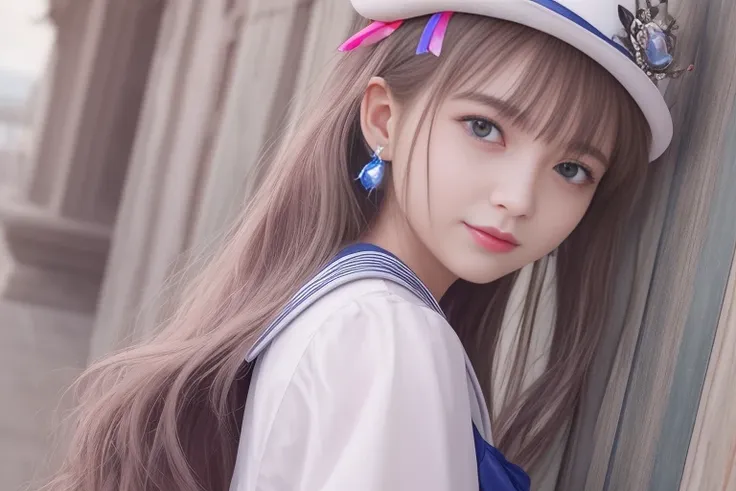
Checkpoint
Good Asian Girl Face
#chinese_anime
#여신
#기모노
0개의 댓글
0
0
0





